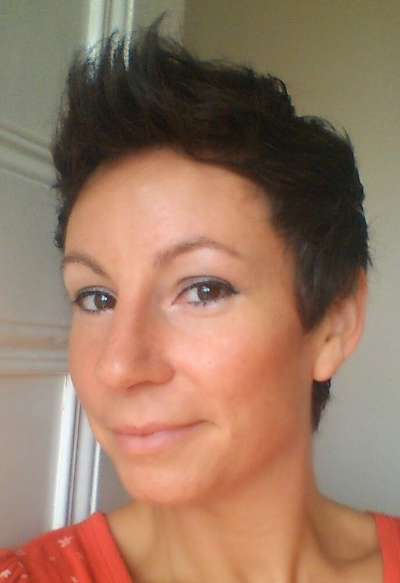Well done to Stella on being a runner-up in the ‘Zeshan Qureshi Award for Outstanding Achievement in Medical Education’ .

Stella Seppings is an academic FY2 whose previous career was as a music teacher. She comments that she “loved to engage and inspire my students to not only excel in their subject, but to thoroughly enjoy it. When I embarked on a new career as a doctor I knew that I still had that passion to teach and mentor others (despite the very different subject matter that I now encountered!).” In her roles as Swansea University Medical School’s ambassador for the British Undergraduate Society of Obstetrics and Gynaecology (BUSOG) until her graduation, and now as an FY2 her focus is on medical education. Stella recognised that many students struggle to understand embryology and has helped thousands of people across the world by creating her very own youtube ‘claymation’ explaining the embryology of the heart.
Teaching Clinical Skills
As an academic FY2, I regularly teach 1st year medical students clinical methods as part of the Swansea University Graduate Entry Medicine Programme.
“It is truly rewarding to devise creative ways to help them learn clinical skills, which can seem like a scary new world with a foreign vocabulary for the many students with no clinical background”.
I also provide learning opportunities in the clinical setting where 1st and 2nd year medical students can join me for an SHO-led ENT clinic. I start the clinic by showing them basic ENT skills and give them the opportunity to practise them on patients. I find that it is a good learning environment because we have plenty of time (30 minute appointments), and because it is SHO led we only get straightforward cases which are more appropriate for junior medical students to learn from.
My embryology ‘claymation’
However, the teaching achievement of which I am most proud is a learning resource which I created for my final project at medical school. At medical school I noticed that embryology is an important subject but one which the majority of students fail to engage with. There are many reasons for this, including the vast vocabulary, the dynamic changes it involves, and the surreality of specimens which cannot be touched or dissected.
“I set out to design a learning resource which would enable students to learn the foundational topic of cardiac development in a way that was engaging, attractive, accessible, and most importantly, tangible.”
I decided to design an animation – in that way the evolving nature of the subject could be demonstrated. But it is a 3D topic, so a cartoon would not seem real enough; it would have the same flat aspect as the images in our textbooks. So I decided to create a stop motion animation; a “claymation”. Some people thought that this would be too great a challenge for me to achieve; not only did I already have the responsibilities of 2 children and a full time medical course, I had also never made an animation or even used animation software, let alone something as challenging as a claymation. At times I have to say I wondered if they were right, but “I knew that if I could pull it off it would be a really valuable resource, so I had to try.”

I didn’t have a budget so I bought some cheap plasticine, wrote a storyboard, and downloaded a free 30 day trial of animation software. I set up a rig by dismantling my bedside table and taught myself the animation skills as I went along. I knew I had to complete the project before the 30 day trial expired! I created models of the heart and by making minute adjustments to them and taking countless photos I was able to express the main principles of cardiac development. I used captions and narration to elucidate the topic. Hundreds of painstaking hours later I had a resource that I was proud of. The style was decidedly homemade but that was what I wanted; images that you felt you could reach out and touch. The animation was somehow friendly and approachable. I uploaded it to YouTube and distributed the link to my cohort of medical students.


“What happened next astounded me. People found the video useful so they shared the link. It started to be watched all over the world.”
I started to receive communications from people who had found it useful, and interestingly they weren’t just medical students. A senior veterinary cardiology lecturer let me know that he had distributed it to all of his students. Ultrasonologists wrote to thank me for helping them to prepare for important exams. I was contacted by senior lecturers in paediatrics and nursing in America and Australia who wanted permission to incorporate my video into their conferences and courses! Every single comment on the video has been overwhelmingly positive, with the overriding theme being “Thank you for this video; it helped me to understand heart embryology.”
“My humble YouTube animation has now been viewed over 160,000 times and receives thousands more views every week from people all over the world.”
People have created versions of it in their own languages and over 500 people have subscribed to the channel. I get regular requests for “the next video” and I plan to do the embryology of the gut tube, as I think the creation of the lesser sac can be hard for people to visualise.
The best way to understand what my animation offers is to watch it:
Thank you for reading my story.
“I love teaching medical students and will continue to do it for the rest of my career in whichever ways present themselves.”